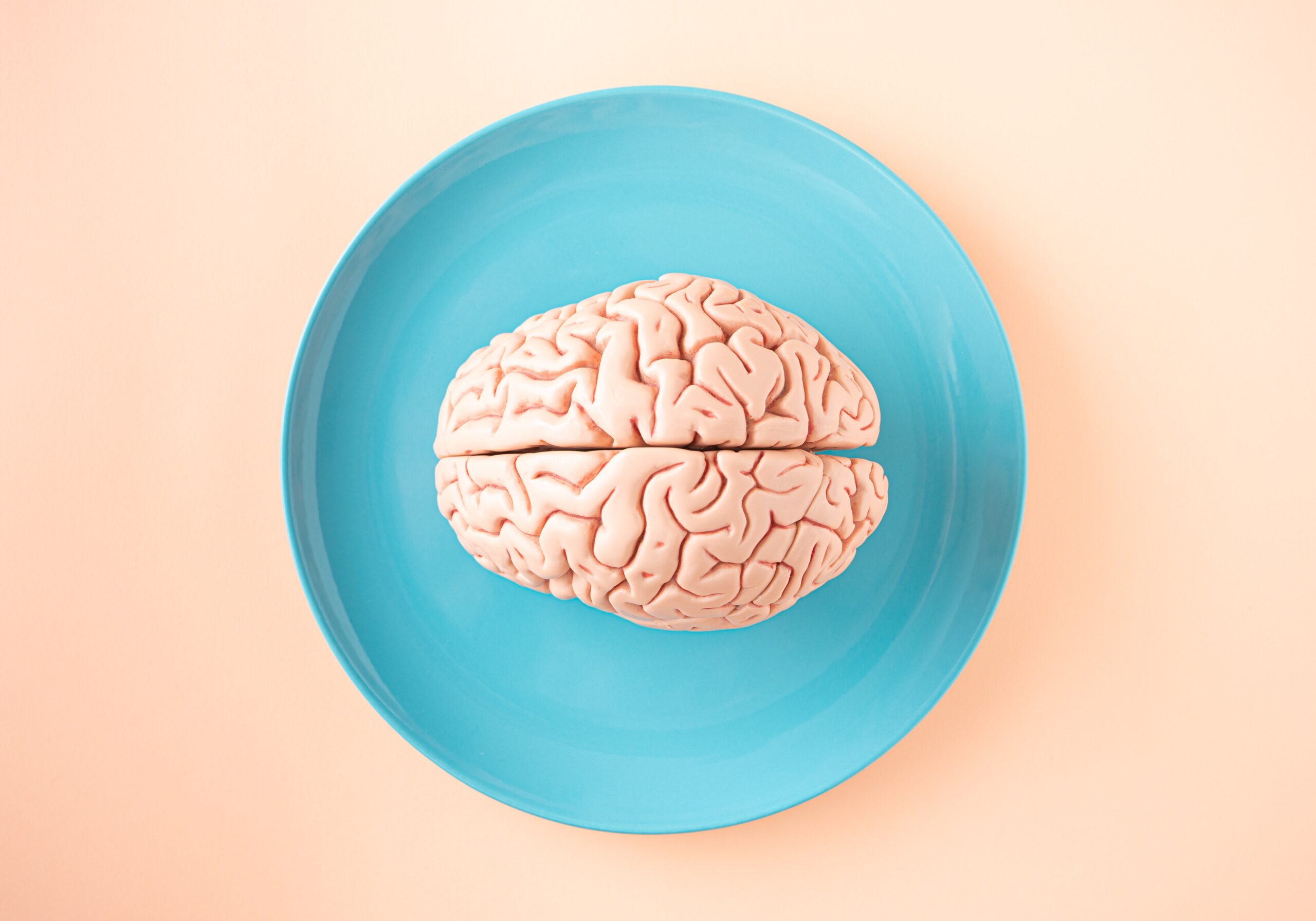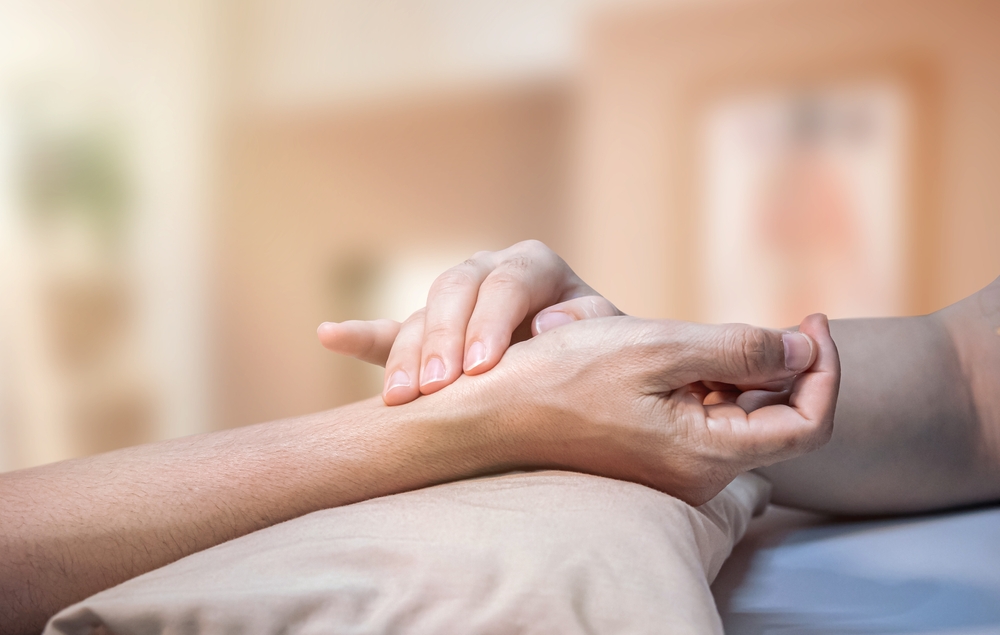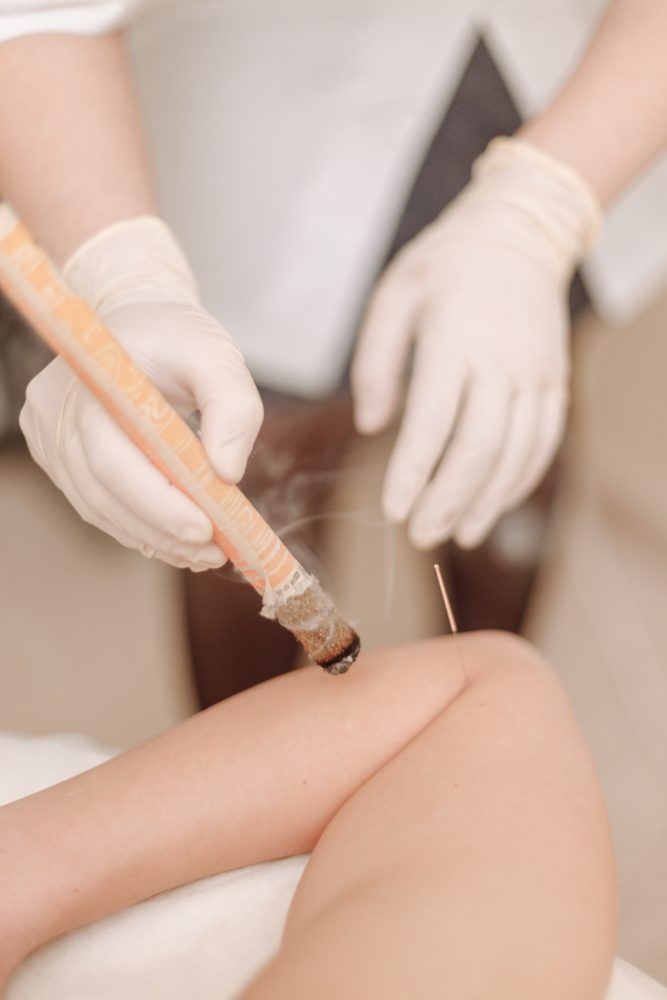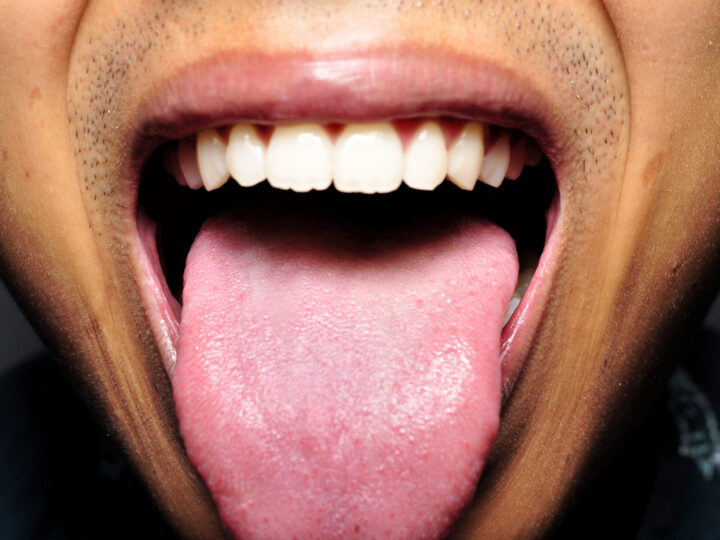UNDERSTANDING THE BASICS
Of Traditional Chinese Medicine

Western patients frequently ask us to explain the fundamentals of Traditional Chinese Medicine (TCM). TCM is fundamentally a healthcare system that has been practiced in China and other parts of Asia for over 2,000 years. The practice has many parts and details, but we will do our best to break it down in the most easy to understand way – It is a holistic method of treating illness that emphasizes bringing harmony and balance to the body, mind, and spirit. TCM takes a holistic approach and deals with the underlying causes of health problems, in contrast to Western medicine, which concentrates on treating specific symptoms or disorders.
Qi, which is pronounced “chee,” is the cornerstone of TCM and refers to the life force that permeates the entire body. TCM theory states that Qi circulates through a network of channels and pathways or meridians, and that when this movement is obstructed, illness and disease can result. TCM aims to restore health and wellbeing by balancing the Qi flow. The meridians are named after the organs they are connected to such as liver meridian, lung meridian, or heart meridian.
 According to TCM, the body is seen as a networked system in which each organ and component affects the others. The Five Elements Theory, which classifies the body’s organs and tissues into five basic groups—Water, Wood, Fire, Earth, and Metal—helps us to understand this system. Each element is linked to particular bodily functions, feelings, seasons, and other traits. For instance, the Wood element is linked to the liver, spring, rage, and the color green, whereas the Water element is linked to the kidneys, winter, dread, and the color black.
According to TCM, the body is seen as a networked system in which each organ and component affects the others. The Five Elements Theory, which classifies the body’s organs and tissues into five basic groups—Water, Wood, Fire, Earth, and Metal—helps us to understand this system. Each element is linked to particular bodily functions, feelings, seasons, and other traits. For instance, the Wood element is linked to the liver, spring, rage, and the color green, whereas the Water element is linked to the kidneys, winter, dread, and the color black.
The importance of the environment and its bearing on human health is also acknowledged in TCM. The environment, including the climate, the weather, and lifestyle decisions, can have a big impact on how we feel. As a result, TCM places a strong emphasis on the need to live in harmony with nature and to make decisions that are good for our health, such as eating a balanced diet, getting adequate sleep, and engaging in stress-relieving exercises like Tai Chi, Qi Gong or meditation.
Diagnostic Techniques
Western and TCM diagnostic techniques are very dissimilar from one another. TCM practitioners employ a range of methods to evaluate the health of their patients, including looking at the patient’s general appearance and energy levels, observing the tongue and the quality of the pulse, and asking extensive questions. The practitioner of Eastern Medicine will examine the patient’s posture, skin tone, and general look. To further pinpoint the underlying causes of any health difficulties, they will also inquire about the patient’s medical history, lifestyle, nutrition, and emotional condition and utilize:
Pulse Diagnosis
 To determine the Qi flow via your meridians, an Eastern Medicine physician will take your pulse at several locations on your wrist. The strength, depth, and speed of the pulse can be felt and used to determine the condition of each meridian.
To determine the Qi flow via your meridians, an Eastern Medicine physician will take your pulse at several locations on your wrist. The strength, depth, and speed of the pulse can be felt and used to determine the condition of each meridian.
Tongue Diagnosis
The condition of the meridians and internal organs can also be determined by the way the tongue appears. To identify any imbalances or obstructions, the tongue’s color, shape, and coating are all carefully inspected.
Observation and Questioning
As noted above according to TCM theory, illness and disease can develop when the flow of Qi is obstructed or interrupted. The Eastern Medicine physician will recommend a treatment strategy after making a diagnosis that is specific to the patient’s requirements. To identify and remove these obstructions, an Eastern Medicine physician will employ a number of techniques, including: Acupuncture, herbal medicine, dietary adjustments, and lifestyle changes are the main tools available.
Treatment Techniques
Acupuncture
 Acupuncture is one of the most well-known TCM techniques. It involves inserting tiny needles into particular locations along the meridians in order to stimulate the flow of Qi and reestablish equilibrium. In order to stimulate the flow of Qi and clear any obstructions, these fine, sterile needles are inserted at predetermined places on the body during acupuncture. Each acupuncture point has a distinct purpose within the body and is situated on a meridian.
Acupuncture is one of the most well-known TCM techniques. It involves inserting tiny needles into particular locations along the meridians in order to stimulate the flow of Qi and reestablish equilibrium. In order to stimulate the flow of Qi and clear any obstructions, these fine, sterile needles are inserted at predetermined places on the body during acupuncture. Each acupuncture point has a distinct purpose within the body and is situated on a meridian.
Herbal Formulas
A crucial part of TCM, Chinese herbal medicine is frequently combined with acupuncture to maximize its therapeutic benefits. Chinese herbs are chosen based on the patient’s unique needs and mixed into formulae to treat particular health problems. There are numerous ways to consume these mixtures, including as teas, powders, pills, or topical treatments.Utilizing natural resources like plants, minerals, and animal products, such as those found in herbal medicine, can help the body heal and maintain balance. Depending on the patient’s specific requirements, herbal formulae are recommended and can be administered topically or eaten internally.
Moxibustion, cupping, and Tui Na massage are further prominent TCM procedures. Moxibustion is a therapy and practice of burning a therapeutic plant near to the skin (a form of Chinese massage).
A change in diet may also be advised to boost Qi flow and advance recovery. According to practitioners of Eastern medicine, certain foods have varying energy properties that might impact the body’s Qi. For instance, a patient with a cold or weak condition may benefit from warming foods, whereas a patient with a hot or inflammatory illness may benefit from cooling foods.
To assist the patient’s general health and wellness, lifestyle changes including exercise, meditation, and stress-reduction methods may also be suggested.
Traditional Chinese Medicine is a complete healthcare system that has been practiced for thousands of years in China and other Asian countries. Based on the idea of Qi, the life force energy that courses through the body, it aims to provide harmony and balance to the body, mind, and spirit. Another foundational element of traditional Chinese medicine is the harmony of yin and yang, and the philosophy of finding balance runs throughout Eastern Medicine. The physician aims to identify and address the underlying causes of sickness and employs a number of diagnostic techniques and therapeutic procedures, such as acupuncture and herbal therapy, to restore balance and foster wellbeing by restoring Qi flow and encouraging bodily equilibrium. TCM acknowledges the interdependence of all elements of our health, including our environment and lifestyle choices. The Eastern Medicine physician helps patients attain their utmost health and wellbeing through a variety of techniques, including acupuncture, herbal remedies, dietary adjustments, and lifestyle changes. A patient is a participant in their own healing..
Newer
Unveiling Alternative Pharma: The Rise Of Alternative Drugs
Older
Eastern Medicine and the Brain
Comments (0)
Leave a reply
You must be logged in to post a comment.




